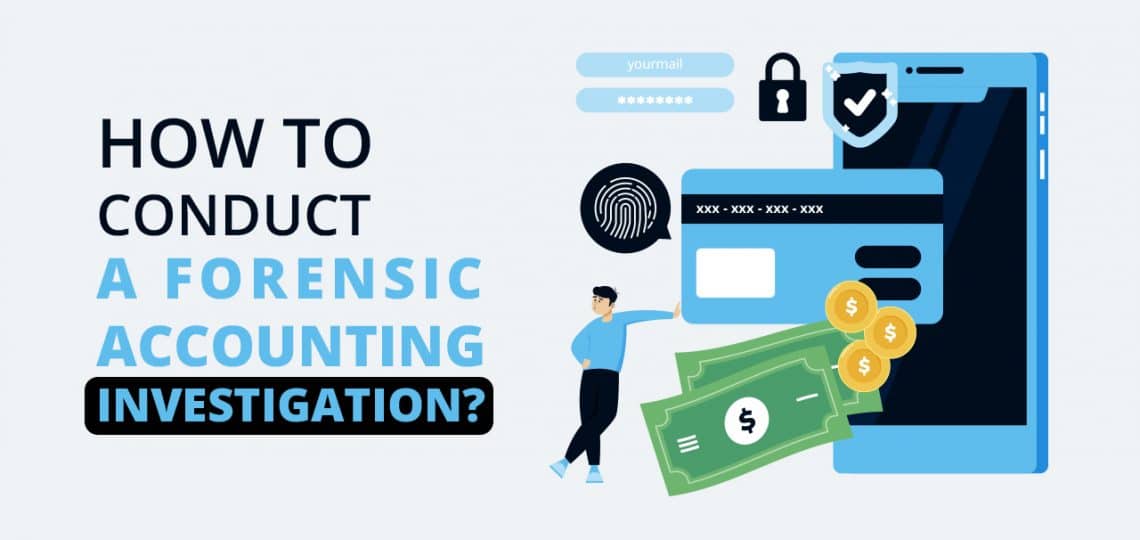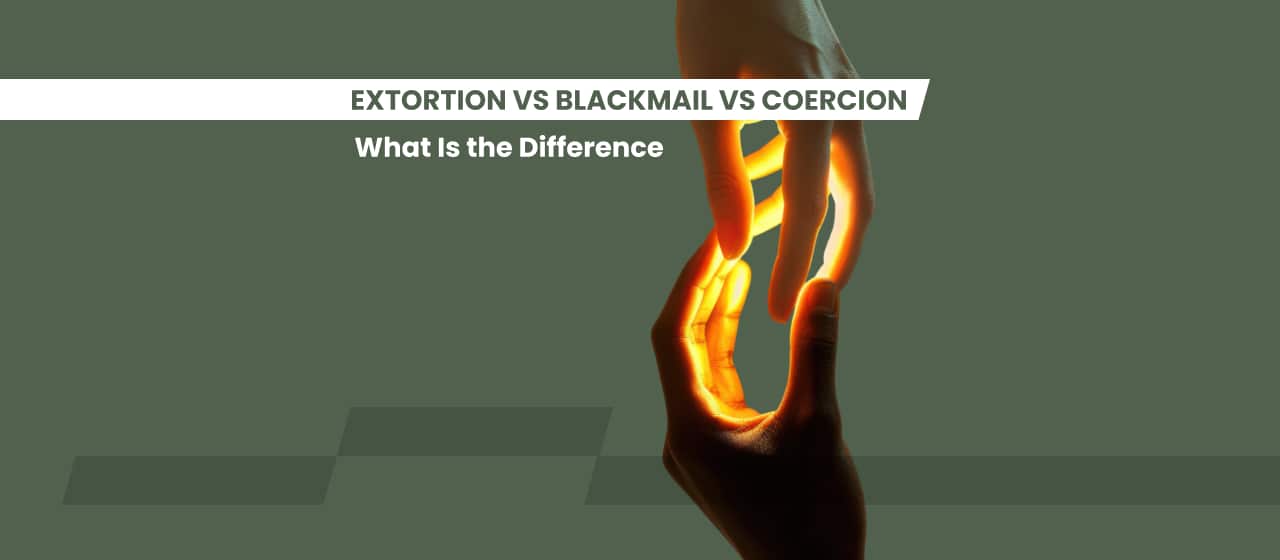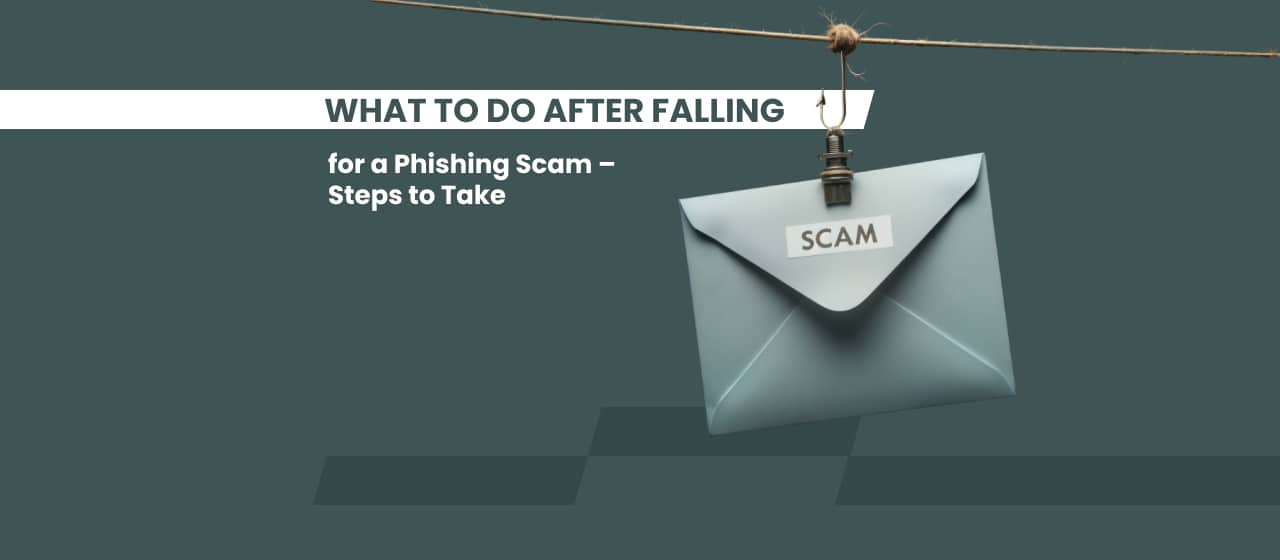Accounting fraud continues to be a major threat to businesses and organizations across the world, which is why it’s so important to know how to conduct a forensic accounting investigation. Such investigations help uncover financial misstatements, identify potentially fraudulent activities, and help protect firms from costly mistakes or damage. So, if you’re looking to get your hands dirty with forensic accounting, here’s all that you need to know to perform an accurate inquiry into the financial affairs.
What is Forensic Accounting in Simple Words?
Forensic accounting is a field of accounting that involves investigating financial documents and records for evidence of fraud or other illegal activities. It also encompasses analyzing financial documents to determine the extent of any damage caused by fraud or other unethical behavior. Conducting a forensic accounting investigation requires patience, attention to detail, and a thorough understanding of the intricate processes involved in uncovering financial discrepancies and irregularities.
How Much Do Forensic Accountants Get Paid?
The Bureau of Labor Statistics (BLS) reports that the median salary for a forensic accountant is $66,000 per year, with the top 10% earning over $122,000 annually. However, these figures can vary greatly depending on your geography and experience. A forensic accountant who works in a large metropolitan area may make significantly more than someone who works in a smaller city or rural area. Also, experienced forensic accountants typically earn more than those with less experience.
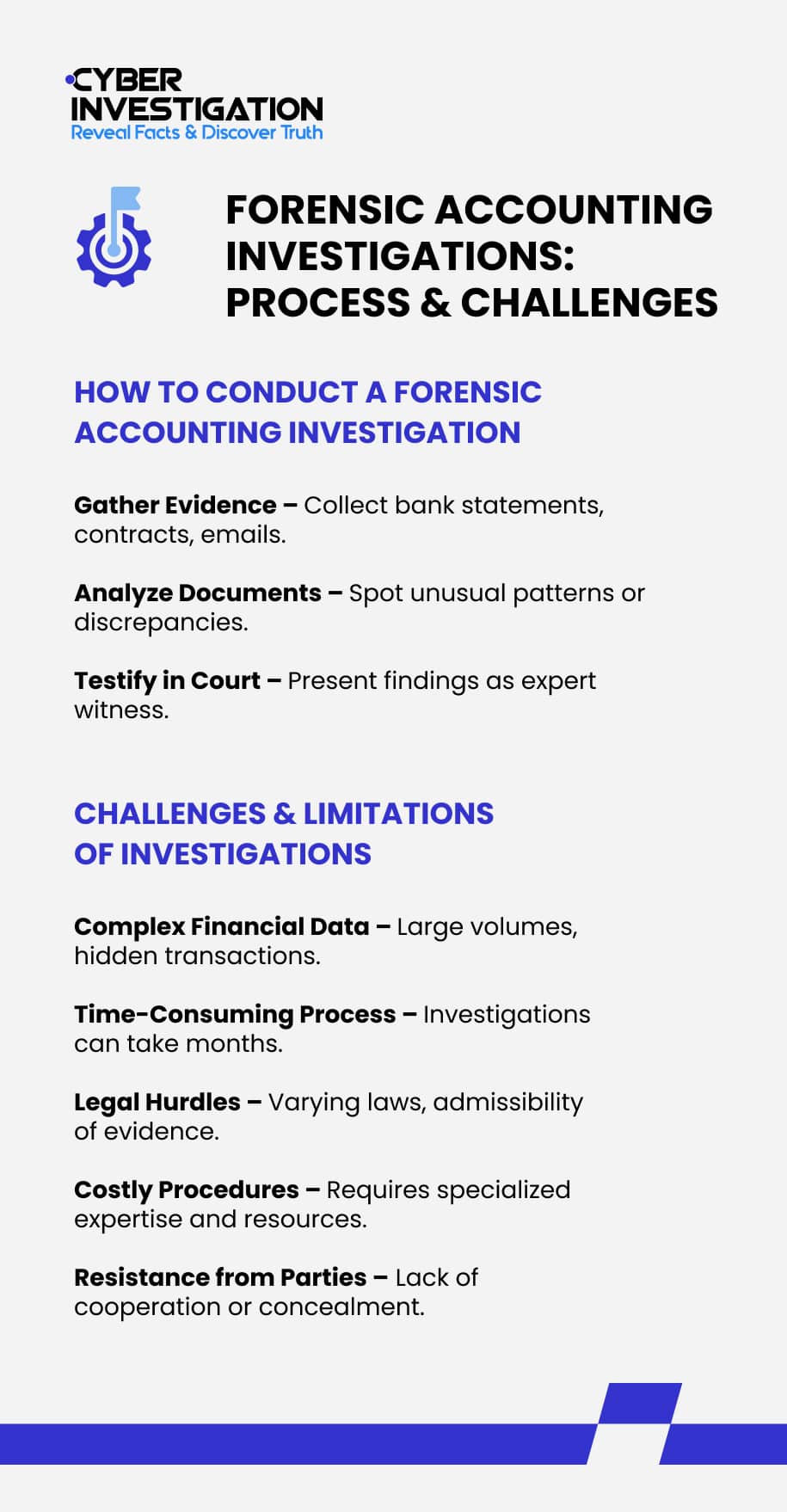
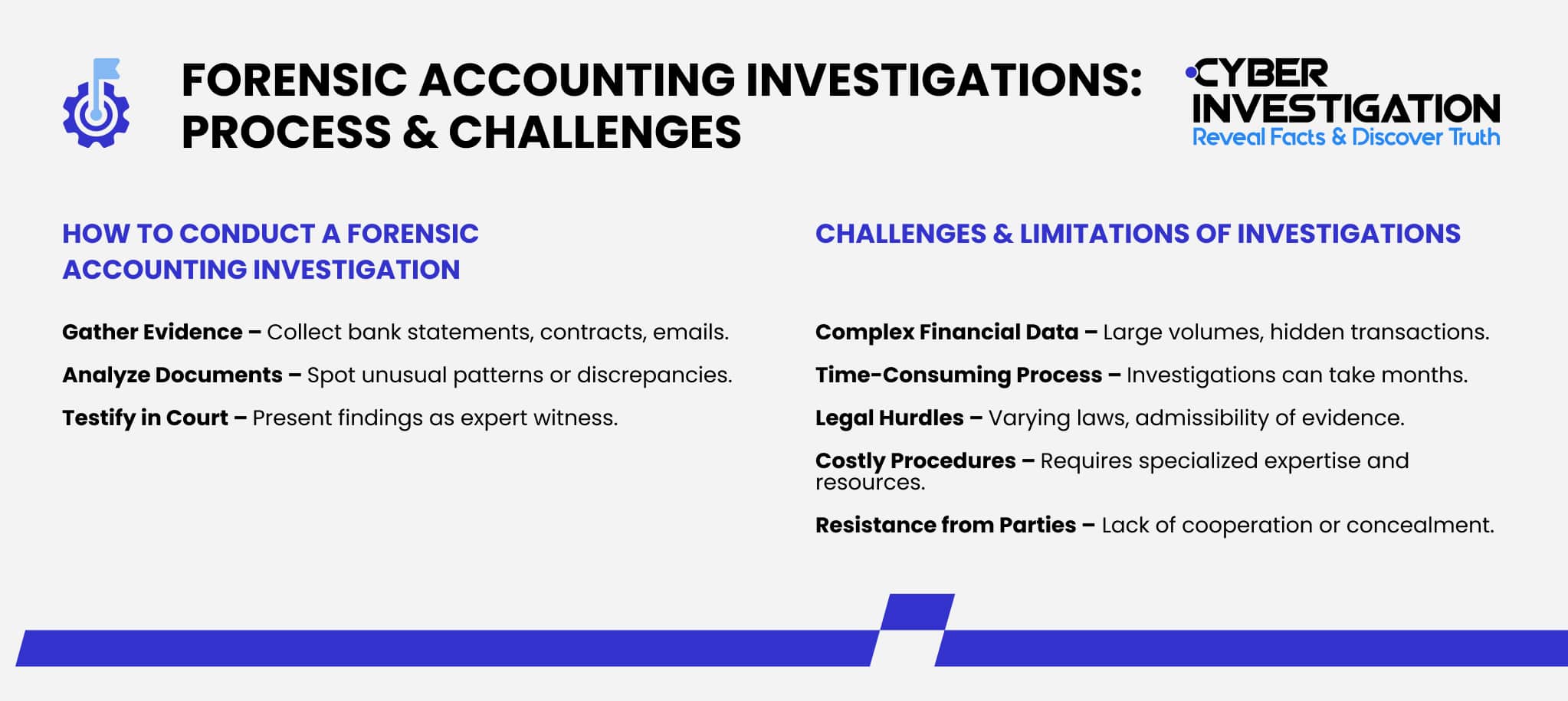
How to Conduct a Forensic Accounting Investigation?
Gather Evidence: The first step to conducting a Forensic Investigation is gathering evidence. Generally, they collect evidence from both internal and external sources. These could look like bank statements, contracts, emails, invoices, or discrepancies.
Analyze Financial Documents: Next the Forensic Analyst will review the evidence that was collected trying to find anything that is out of the ordinary. This can include examining patterns in transactions or discrepancies between different versions of documents. Once potential issues have been identified, investigators must determine whether sufficient evidence supports their suspicions and then use that evidence to construct a narrative about what happened.
Testify: If your investigation reveals evidence of fraud or other illegal activities then it may be necessary for you to testify at trial on behalf of the plaintiff or defendant depending on who initiated the investigation. As an expert witness, you will need to explain your findings clearly and concisely for them to have any impact on the proceedings. You may also be asked questions about your methodology during the cross-examination so it is important that you are thoroughly prepared in advance for such an eventuality.
Conclusion
Conducting a forensic accounting investigation can be complex and time-consuming. It’s important to gain an understanding of the key steps and tools used to properly carry out this kind of investigation. We’ve explored the process, which includes understanding the scope, creating a timeline, gathering evidence, examining underlying documents, utilizing special software and tools to uncover fraud, analyzing results, and testifying at trial or arbitration proceedings if needed. All these elements play a key role in increasing the chance of success when conducting a forensic accounting investigation.
If you face a potential financial threat and do not know where to begin, get our experts involved immediately. Forensic Accounting Corp. is trained in finding financial fraud and is ready to take your case today.
